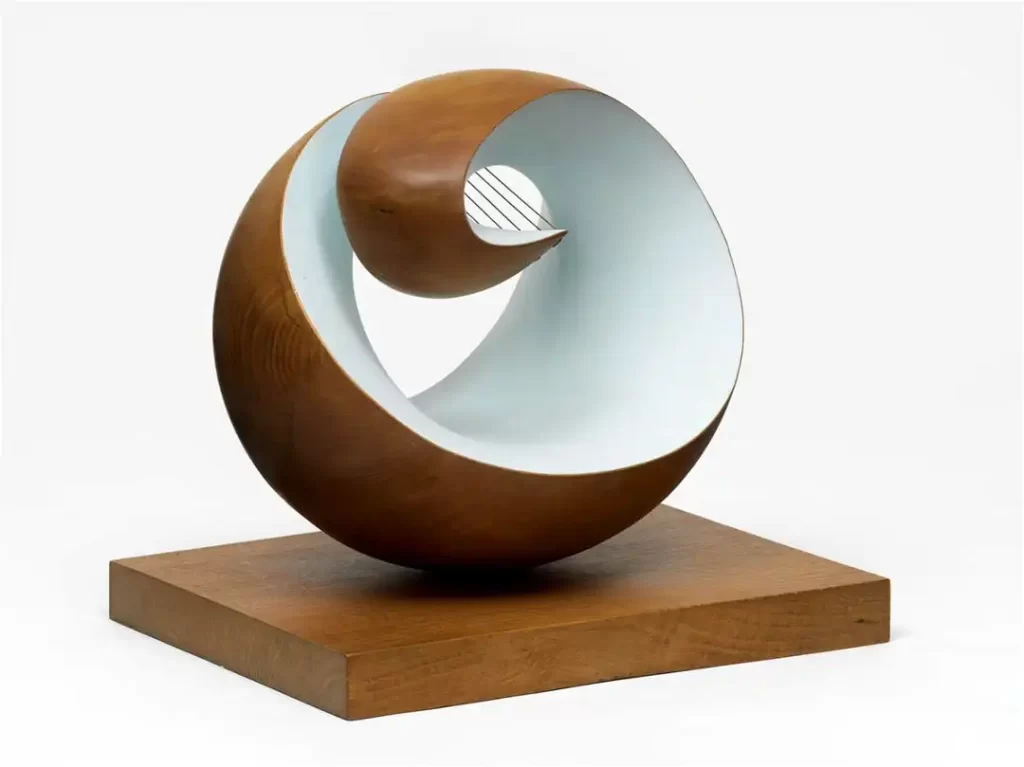Abhishek Kumar
JANUARY 10, ON THIS DAY
One must be entirely sensitive to the structure of the material that one is handling. One must yield to it in tiny details of execution, perhaps the handling of the surface or grain, and one must master it as a whole.
Barbara Hepworth
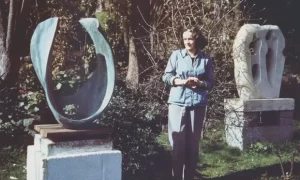
Barbara Hepworth was a British sculptor who is best known for her abstract works that explored the concept of space and place. Hepworth was a pioneer in exploring the relationship between space, form, and emotion within her work. She often used simple shapes and forms to create a sense of movement and spatial relationships in her sculptures. Hepworth’s art was often inspired by the physical environment and her personal experiences, as well as her interest in the relationship between the human body and the surrounding environment. She often used her sculptures to explore the idea of space and place, creating works that were both physical and metaphysical. Her sculptures often represented a sense of openness and freedom, and the idea of movement within space. Her use of materials such as wood, stone and bronze, as well as her exploration of the relationship between the body and its environment, gave her works a unique sense of place and space.
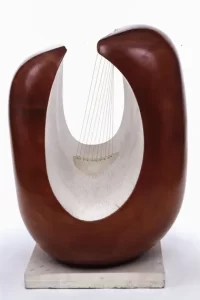
Hepworth was born on January 10, 1903 in Wakefield, Yorkshire, and studied at the Leeds School of Art, where she was influenced by the European avant-garde art movements of the time. She then moved to London in 1921, where she studied at the Royal College of Art and was a founding member of the influential London Group. She was one of the first female students there, and it was during this time that she developed her abstract, geometric forms. She was an advocate for modernism, and her works reflect this in their highly stylized, often abstract shapes. Hepworth went on to become a leading figure in the British modernist movement, and she was associated with the Abstract Expressionist movement in the United States. In 1939, she co-founded the studio school Hepworth Wakefield with her husband, the painter Henry Moore.
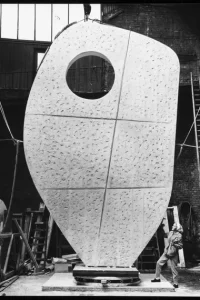
Hepworth’s sculptures often sought to evoke a sense of openness and exploration. Her sculptures often featured open voids and expansive forms, which were meant to suggest a sense of exploration and discovery. The combination of open space and curved forms in her sculptures also often evoked a sense of movement and freedom. In this way, Hepworth’s work sought to explore the concept of space and place in a highly abstract and creative way. She often used abstract forms to represent emotional and psychological states, creating a sense of place within her works. She also used the physical space of her sculptures to explore the concept of movement, creating pieces that felt as if they were in a state of constant flux.
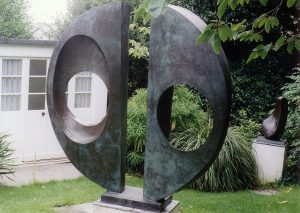
Through her work, Hepworth was able to create a powerful sense of place and space, allowing viewers to explore their own emotional and psychological states. She used texture, composition, and line to create a sense of depth and movement within her sculptures. Her use of color and light also helped to create a sense of atmosphere and emotion in her work. Additionally, Hepworth often used organic and geometric shapes to suggest a sense of order and harmony in her sculptures. She used a variety of materials and techniques to create works that were both abstract and deeply connected to the world around them. Her use of materials, such as wood and stone, as well as her exploration of the relationship between the body and its environment, gave her works a unique sense of place and space.
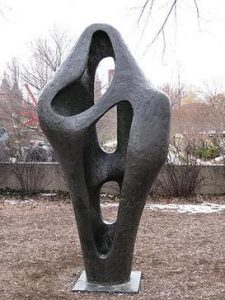
One of Hepworth’s most famous works is the sculpture “Single Form,” which is located at the United Nations headquarters in New York City. This sculpture is a tall, slender bronze column that tapers as it rises, with a small sphere at the top. The column is surrounded by a pool of water, which reflects the sculpture and creates a sense of unity between the work and its surroundings. Another example of Hepworth’s exploration of space and place is the sculpture “Figure for Landscape,” which is located in the Yorkshire Sculpture Park in England. This work consists of a series of curved, organic forms that seem to emerge from the ground, as if they are part of the natural landscape. The forms are made of white marble, and their smooth, polished surfaces contrast with the rough, textured surfaces of the surrounding rock and grass.
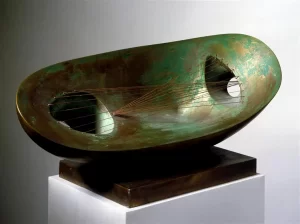
Hepworth’s art also explored the concept of time, particularly in her later works. These often featured a sense of movement and a progression of time, with each sculpture representing a different moment in time. Hepworth’s art often used elements of the natural world, such as trees and rocks, to explore the idea of a place in history. She also used her sculptures to investigate ideas of identity and belonging, and to explore the idea of home. Hepworth died in a fire at her studio in St. Ives, Cornwall, in 1975. Today, her work can be found in major art museums around the world, including the Tate Gallery in London and the Metropolitan Museum of Art in New York.
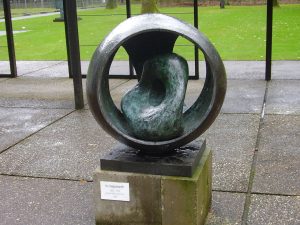
Sources:
- https://en.wikipedia.org/wiki/Barbara_Hepworth
- https://www.theartstory.org/artist/hepworth-barbara/
- https://www.thecollector.com/barbara-hepworth-sculptor/
- https://biography.yourdictionary.com/barbara-hepworth


